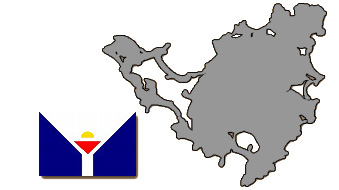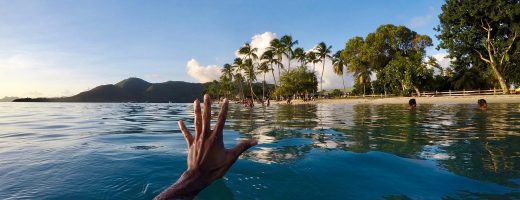In many Caribbean island-nations and territories, LGBT (gay) life can consist of a rosy romantic cruise or a languid lounge on a picturesque beach topped with a gay party in the evening. But not for all, especially native born LGBT citizens whose families descend from indigenous Caribbean cultures such as Taino, Arawak, Caquetio (and a dozen others) as well as Spanish and African cultures where homosexuality is not usually a welcome trait. There is wide variety of gay people in the Caribbean but the widest separation is between northern American and European white tourists and the local-born ‘natives’ of these islands. We are everywhere and we are everywhere very diverse.
Saint Martin is a divided two-nation island. Saint Martin, in the north, is part of the overseas collectivity of France. Sint Maartin, in the south, is a Dutch territory. Saint Martin came into being on February 22, 2007 tha includes northern parts of the island of Saint Martin and nearby islets, the largest being Île Tintamarre. The southern area of the island, Sint Maarten, is part of the Netherlands Antilles. Homosexuality is legal in both parts of the island and gay citizens enjoy the same rights as the motherlands in Europe, including gay marriage since 2013. See gay rights in France and Netherlands (Holland).


